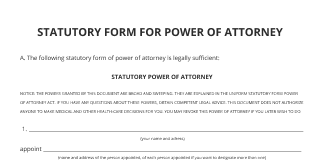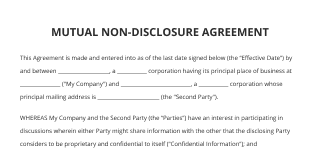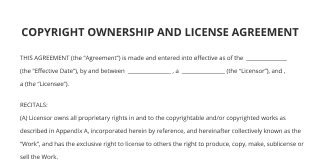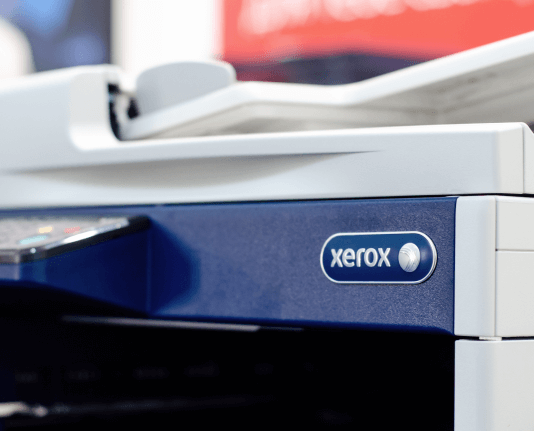Understanding the Invoice Receipt Difference for Your Business
Move your business forward with the airSlate SignNow eSignature solution
Add your legally binding signature
Integrate via API
Send conditional documents
Share documents via an invite link
Save time with reusable templates
Improve team collaboration
See airSlate SignNow eSignatures in action
Understanding the Invoice and Receipt Distinction
The terms invoice and receipt are often used interchangeably, but they serve distinct purposes in financial transactions. An invoice is a document issued by a seller to request payment from a buyer. It outlines the products or services provided, the amount due, and the payment terms. Conversely, a receipt is a confirmation of payment received. It serves as proof that the buyer has fulfilled their obligation to pay for the goods or services. Understanding this difference is crucial for accurate record-keeping and financial management.
Key Features of Invoices
Invoices typically include essential details such as:
- The seller's contact information
- The buyer's contact information
- A unique invoice number
- The date of issue
- A description of the products or services
- The total amount due
- Payment terms, including due dates and accepted payment methods
Businesses use invoices to track sales and manage cash flow effectively. They also serve as a legal document in case of disputes.
Key Features of Receipts
Receipts provide proof of payment and generally include the following information:
- The seller's name and contact information
- The date of the transaction
- A description of the items purchased
- The total amount paid
- Payment method used (e.g., credit card, cash)
Receipts are vital for customers for warranty claims, returns, and personal record-keeping. They also assist businesses in tracking their sales and managing returns efficiently.
When to Use Invoices and Receipts
Invoices are used before payment is made, while receipts are issued after payment has been completed. For example, a freelancer might send an invoice to a client after completing a project. Once the client pays, the freelancer would provide a receipt as proof of payment. This sequence helps maintain clear financial records for both parties.
Legal Considerations in the U.S.
In the United States, both invoices and receipts are important for tax purposes. Businesses must keep accurate records of all transactions, including invoices sent and receipts received. This documentation can be crucial during audits and for filing taxes. Understanding the legal implications of these documents helps ensure compliance with financial regulations.
Best Practices for Managing Invoices and Receipts
To streamline your financial processes, consider the following best practices:
- Use digital tools to create, send, and store invoices and receipts securely.
- Keep a consistent numbering system for invoices to track them easily.
- Ensure all documents are clear and include all necessary information to avoid disputes.
- Regularly review and organize your financial documents for efficient record-keeping.
Implementing these practices can enhance your business's financial management and improve overall efficiency.
airSlate SignNow solutions for better efficiency
Our user reviews speak for themselves






Why choose airSlate SignNow
-
Free 7-day trial. Choose the plan you need and try it risk-free.
-
Honest pricing for full-featured plans. airSlate SignNow offers subscription plans with no overages or hidden fees at renewal.
-
Enterprise-grade security. airSlate SignNow helps you comply with global security standards.

Comprehending the distinction between invoices and receipts
When handling business transactions, it is vital to grasp the distinction between invoices and receipts. An invoice serves as a demand for payment, whereas a receipt verifies that the payment has been processed. Utilizing services like airSlate SignNow can simplify this procedure, making document management more efficient.
Steps to examine the invoice-receipt distinction with airSlate SignNow
- Launch your web browser and visit the airSlate SignNow website.
- Sign up for a free trial account or log in if you already possess one.
- Choose the document you intend to sign or send for signatures and upload it.
- If you plan to reuse this document, save it as a template for future reference.
- Access your uploaded document and make necessary adjustments, such as inserting fillable fields or adding specific details.
- Sign the document and assign signature areas for the recipients.
- Click 'Continue' to set up and dispatch an eSignature invitation.
airSlate SignNow provides a robust solution for enterprises aiming to improve their document management workflows. With its extensive feature range, it delivers excellent value for your investment, making it user-friendly and scalable for small to medium-sized businesses. Additionally, you can anticipate clear pricing with no concealed charges and outstanding 24/7 support for all subscribed plans.
In summary, comprehending the invoice-receipt distinction is crucial for efficient financial management. Begin using airSlate SignNow today to streamline your document signing process and boost your business productivity!
How it works
airSlate SignNow features that users love
Get legally-binding signatures now!
FAQs
-
What is the difference between an invoice and a receipt?
An invoice requests payment for goods or services provided, whereas a receipt is issued after payment has been made to confirm the transaction. Therefore, a receipt cannot replace an invoice, as it does not outline payment terms or request payment. -
Can I issue a receipt without an invoice?
An invoice should not be used as a receipt. This is because an invoice works as a request for payment and does not include confirmation as to whether that payment has been made. Once payment has been received a separate receipt should be sent or you should provide a clear indication of payment received on the invoice. -
What comes first, an invoice or a receipt?
Receipts, however, should be issued any time a payment is received from the customer. If you're accepting a payment that is made immediately upon providing the goods or services, you don't need to issue an invoice, but can offer a receipt as proof of payment. This is both for the customer's benefit, and your own. -
Can an invoice serve as a receipt?
The seller issues an invoice before payment is made. A receipt is a document issued after payment is made. The seller sends it to the buyer as proof of payment. -
Can a receipt replace an invoice?
– E-invoices include customer details, transaction items, taxes, and payment terms. – E-receipts typically list the payment amount, method, and date only. – E-invoices must comply with ZATCA's “FATOORA” system, ensuring VAT compliance. – E-receipts do not require adherence to these specific standards.
What active users are saying — invoice receipt difference
Related searches to Understanding the invoice receipt difference for your business
Get more for invoice receipt difference
- Streamline your workflow with online card multiple signatures
- Create your team signature card with ease
- Unlock the power of virtual card multiple signatures for your business
- Unlock seamless paperwork with JS digital signature
- Simplify your workflow with JavaScript electronic signature
- Experience PDF e-sign on iPhone for seamless document signing
- Streamline your agreement signing services with airSlate SignNow
- Apply for electronic signature online with airSlate SignNow
Find out other invoice receipt difference
- Complete and sign PDF online for free with ease
- Change document to e-sign effortlessly with airSlate ...
- Building a free online signature with airSlate SignNow
- PDF signing online free made easy for your business
- Experience seamless cloud signing for Microsoft Word ...
- Secure your documents with a digital signature on ...
- Transform your workflow with a digital signature PDF ...
- Unlock seamless PDF signing online with DSC for your ...
- Effortlessly dsc sign PDF online with airSlate SignNow
- Discover PDF signing software free online for ...
- How to authenticate a PDF with an e-signature easily
- E-signing a PDF document made effortless with airSlate ...
- Convert PDF into e-sign effortlessly with airSlate ...
- Digital Signing for Documents Simplified with airSlate ...
- Get your electronic PDF signature free with airSlate ...
- Complete PDF and sign online with ease and efficiency
- Effortlessly e-sign an Excel spreadsheet with airSlate ...
- Experience seamless digital signature PDF online with ...
- E-sign Microsoft Word document effortlessly with ...
- Experience seamless digital document signing and ...






























